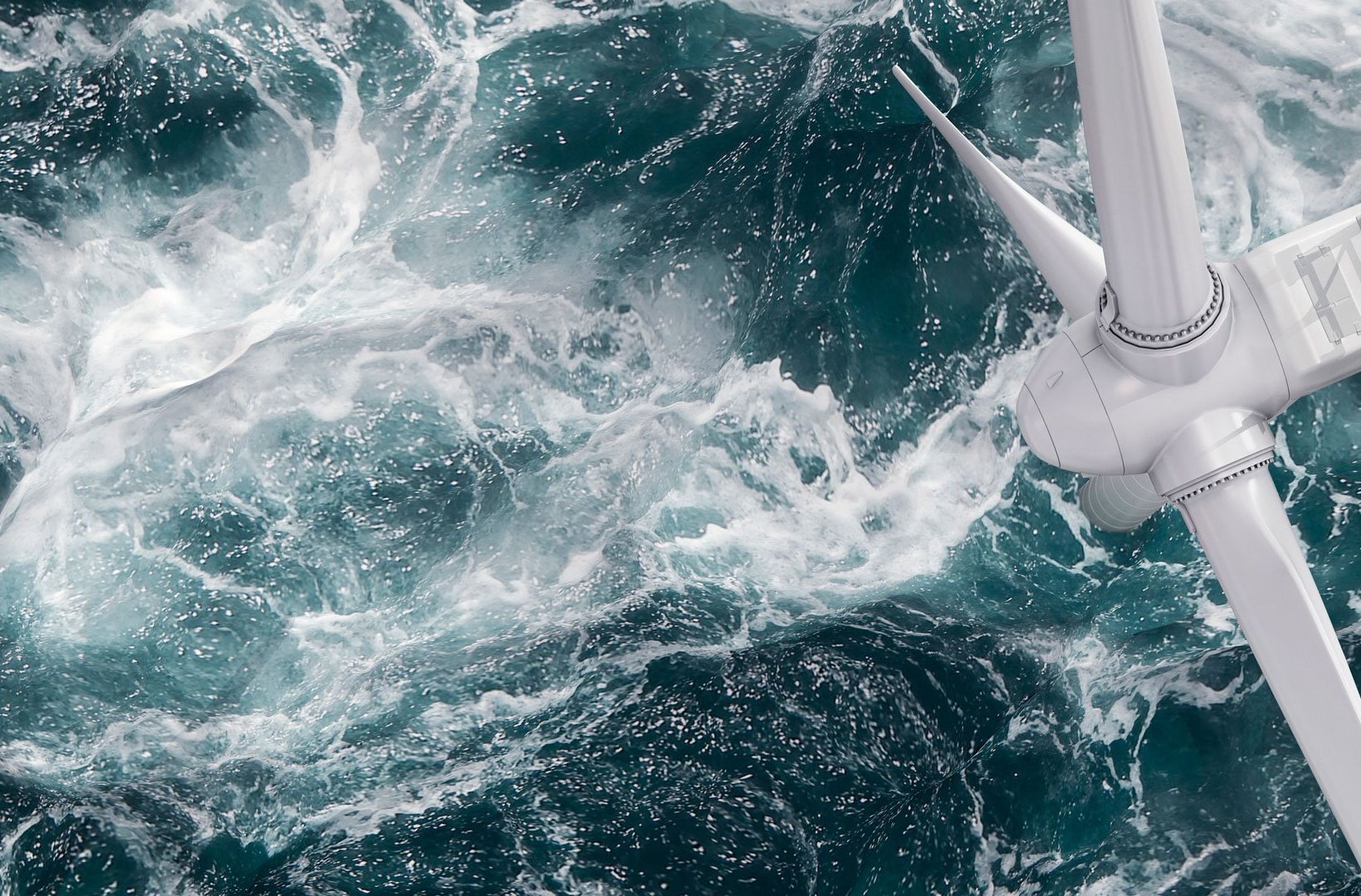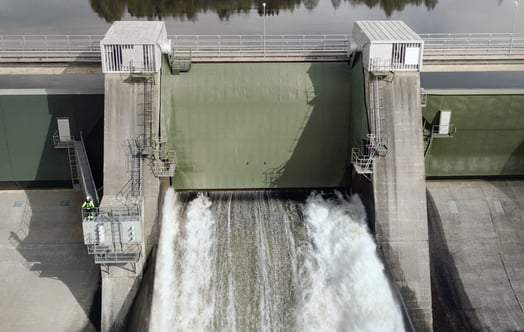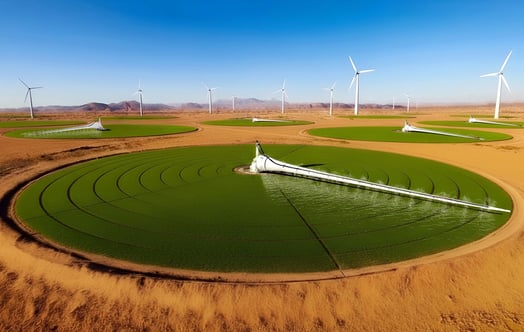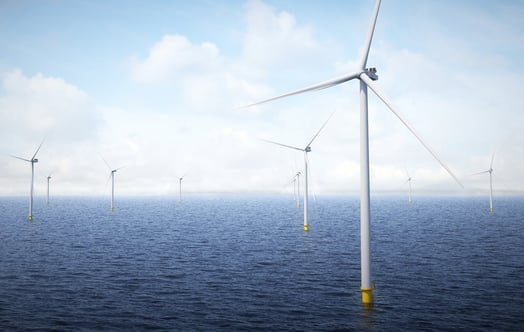New technologies are set to make wind power a more predictable source of energy. Several players are currently developing production and storage of hydrogen from wind power – so that excess energy can be made available when it is not windy.
Wind power is one of the most efficient sources of fossil-free energy to limit global warming – and it is expanding fast. Wind power currently accounts for 17 per cent of all of Europe’s energy production, and continued expansion is believed to be absolutely crucial to achieve the green transition as the need for fossil-free energy grows rapidly.
However, wind power is weather dependent. Wind turbines produce the most energy in autumn and winter when winds are at their strongest and production varies from day to day depending on how much the wind blows. But new technologies may soon pave the way for climate- and cost-effective systems that store energy produced by wind turbines so that the energy can be used when the wind is not blowing. That is the message from Thomas Hjort, Director of Innovation and Offshore Wind Development at Vattenfall.
“This is about creating wind turbines that produce hydrogen gas directly, rather than electricity. The hydrogen can then be stored, and energy can be used when there is no wind. This offers fantastic opportunities to produce more fossil-free and predictable energy, which is absolutely crucial if we are to achieve the green transition,” Hjort says.
Enables industries to reduce carbon emissions
Renewable hydrogen, extracted using green energy, has been singled out as a key area for restructuring the energy system in the EU and the rest of the world. Hydrogen has been highlighted as a powerful enabler for heavy industry, including steel mills, to reduce carbon dioxide emissions. To reduce carbon dioxide emissions in industry, it is estimated that annual production of hydrogen needs to increase fivefold and require 21,000 TWh of electricity annually.
“It is already possible to store wind energy using hydrogen gas. Copper cables transmit electricity produced by offshore wind turbines to hydrogen production facilities on land. There are several disadvantages to this approach. Relatively large amounts of energy are used in the conversion process, and it is extremely expensive. Building wind turbines that produce hydrogen directly and then transfer the gas via pipelines for storage on land is significantly cheaper and more efficient,” explains Hjort.
“The capacity of a gas line is considerably greater than a cable that supplies electricity. Furthermore, gas lines themselves are significantly cheaper than the copper cables that are needed today to supply electricity,” he says.
Vattenfall has performed studies and worked with various suppliers to establish an 8 MW pilot on a wind farm in Aberdeen Bay in the North Sea.
Could be reality soon
There is currently a lot of focus on offshore wind power. Winds at sea are often stronger and more consistent, which makes it possible to build larger and more efficient wind farms. Because they are built far away from human habitation, there are also fewer obstacles to the development of new wind farms.
Thomas Hjort sees hydrogen-stored, offshore wind power as a predictable and climate-smart energy source – and in the not-too-distant future.
“The technology exists. We know it works. The challenge now is that we need to scale up production for it to be economically beneficial. This needs to take place in parallel with increased demand from the industry. To dare to change, businesses need to see this as an asset – but to increase the value of the asset, it is also necessary to increase demand,” says Hjort.
Read more about the role of hydrogen in the industry transition in Vattenfall Annual and Sustainability Report 2022
Fossil-free hydrogen
Fossil-free, or green, hydrogen is produced by using electricity from fossil-free power sources to split water into its component parts: hydrogen and oxygen. The process is called electrolysis.
Subscribe to our newsletter
Do you want to read more interesting stories on climate smart energy and sustainability?
Click here to subscribe to our monthly newsletter THE EDIT




